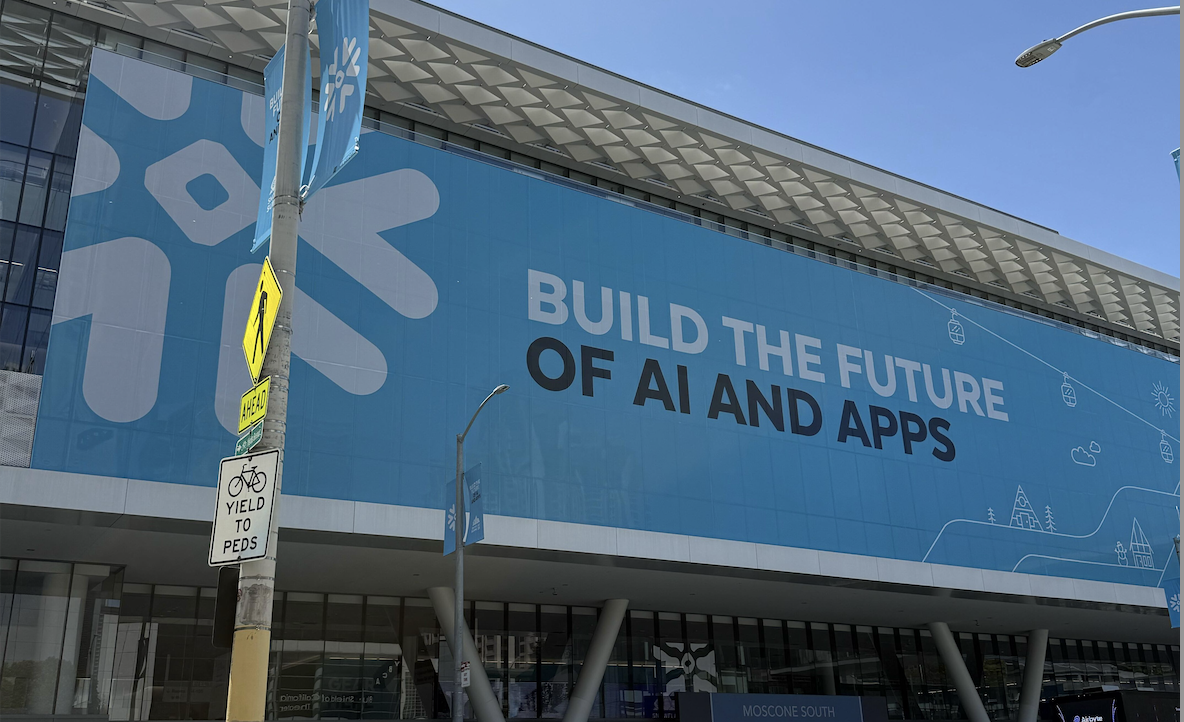Predictive Modeling with Machine Learning: Unleashing the Power of Advanced Analytics

Predictive modeling with machine learning has revolutionized the way businesses leverage data to make accurate predictions and informed decisions. By applying advanced analytics techniques, organizations can uncover hidden patterns, gain insights into future trends, and proactively address challenges. In this blog post, we will explore the world of predictive modeling, delve into best practices, address common concerns, and provide practical examples to help you harness the full potential of predictive modeling with machine learning.
Understanding Predictive Modeling
Predictive modeling is a powerful technique that utilizes historical data to make predictions about future outcomes. It is based on the assumption that past patterns and relationships can provide valuable insights into what might happen next. Machine learning algorithms play a crucial role in predictive modeling by automatically learning patterns from historical data and generating predictive models that can make accurate forecasts.

Best Practices for Predictive Modeling
- Define clear objectives: Clearly define the problem you want to solve and the outcomes you expect from your predictive model. Having a well-defined objective helps in selecting the appropriate algorithms and evaluation metrics.
- Gather high-quality data: The accuracy of your predictions heavily depends on the quality of your data. Ensure that your dataset is comprehensive, representative, and free from errors or biases. Data preprocessing techniques, such as handling missing values, outliers, and data normalization, are essential to obtain reliable results.
- Feature selection and engineering: Identify the most relevant features (variables) from your dataset that contribute significantly to the outcome. Feature engineering involves creating new features or transforming existing ones to extract more meaningful information. This process can enhance the predictive power of your models.
- Choose the right algorithm: The selection of the machine learning algorithm depends on the nature of your data and the problem at hand. Regression, classification, and time series forecasting algorithms are commonly used for predictive modeling. Experiment with different algorithms and evaluate their performance to find the best fit for your specific task.
- Split your data into training and testing sets: To assess the performance of your predictive model, it’s crucial to split your data into training and testing sets. The training set is used to build the model, while the testing set evaluates its predictive accuracy. Cross-validation techniques, such as k-fold cross-validation, can help obtain robust estimates of performance.
Common Concerns and How to Address Them
- Overfitting: Overfitting occurs when a model performs extremely well on the training data but fails to generalize to new, unseen data. To combat overfitting, use techniques like regularization, cross-validation, or ensembling methods such as random forests or gradient boosting.
- Lack of interpretability: Some machine learning algorithms, such as deep neural networks, are inherently complex and lack interpretability. If interpretability is crucial, consider using simpler models like linear regression or decision trees. You can also explore model-agnostic interpretability techniques like LIME or SHAP values.
- Imbalanced datasets: Imbalanced datasets, where one class dominates over others, can lead to biased predictions. Techniques like oversampling, undersampling, or using advanced algorithms like SMOTE (Synthetic Minority Over-sampling Technique) can help address this issue and improve predictive accuracy.

Practical Examples
- Customer churn prediction: By analyzing historical customer data, such as purchase history, demographics, and engagement metrics, you can build a predictive model to identify customers at risk of churn. This information can be used to design targeted retention strategies and prevent customer attrition.
- Stock market forecasting: Predicting stock prices is a challenging task due to the inherent volatility of financial markets. By leveraging historical price data, trading volumes, and other relevant factors, machine learning models can capture patterns and trends to generate predictions that inform investment decisions.
- Disease diagnosis: Predictive modeling can be used in the healthcare domain to predict the likelihood of diseases. For example, by analyzing patient demographics, medical history, and laboratory results, machine learning models can assist in early detection of diseases like diabetes or cancer, enabling timely intervention and personalized treatment plans.
Conclusion
Predictive modeling with machine learning empowers organizations to make accurate predictions and gain a competitive edge in today’s data-driven world. By following best practices, addressing common concerns, and exploring practical examples, you can leverage advanced analytics to unlock valuable insights and make informed decisions. Embrace the power of predictive modeling, and let data guide you towards success!
Remember, the possibilities of predictive modeling are vast, and continuous learning and exploration will help you refine your skills and uncover even greater opportunities for leveraging machine learning to make predictions.


